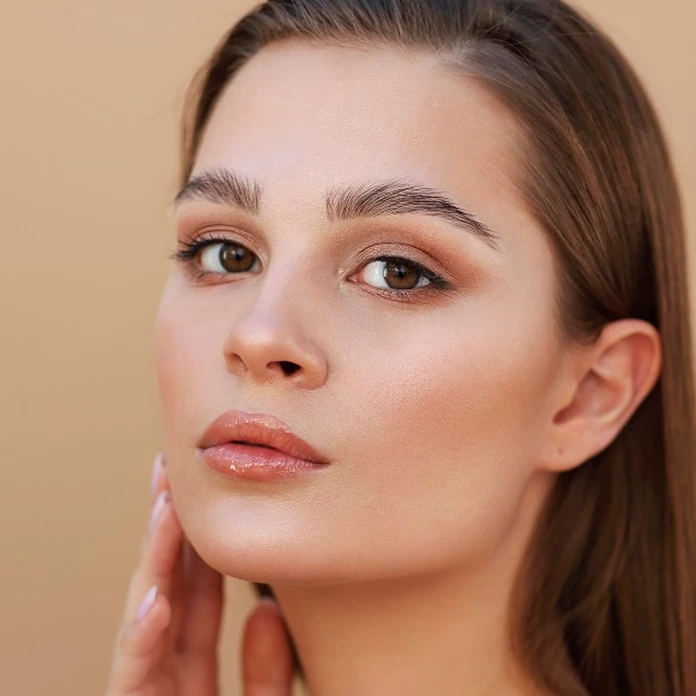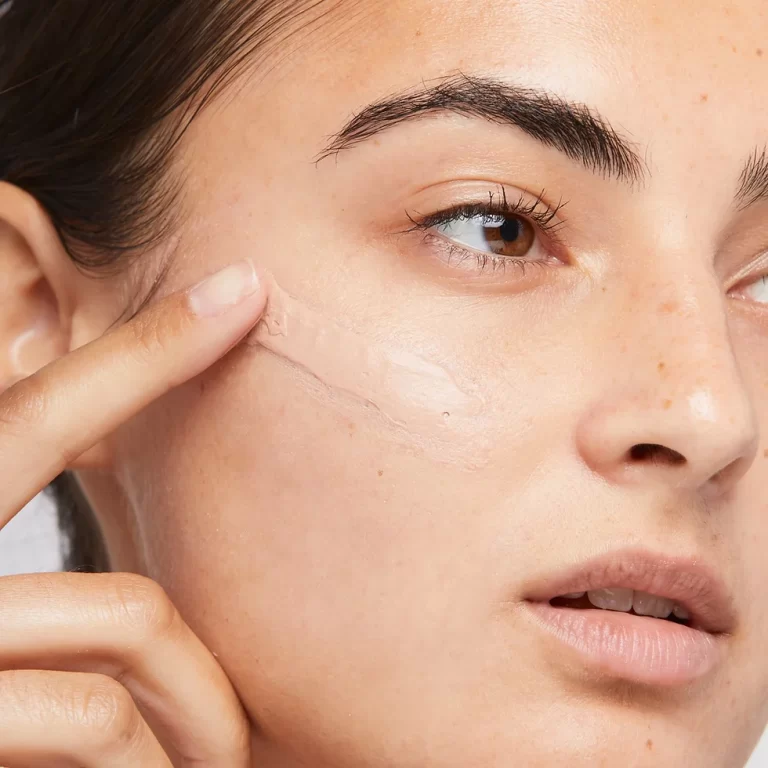
Primers for Dry Skin: Achieving a Flawless Base
The Ultimate Guide to Primers for Dry Skin: Achieving a Flawless Base
Dry skin can present numerous challenges when it comes to makeup application. From flakiness to uneven texture, these issues can make it difficult to achieve a smooth, long-lasting finish. Enter primers for dry skin – the secret weapon in any makeup enthusiast’s arsenal. These specialized products not only create a perfect canvas for makeup but also provide much-needed hydration and nourishment to parched skin.
Understanding Dry Skin and Its Makeup Challenges
Dry skin occurs when the skin lacks sufficient moisture and natural oils. This condition can result from various factors, including genetics, environmental conditions, aging, and certain skincare products. Individuals with dry skin often experience tightness, flakiness, and a dull complexion. When it comes to makeup application, dry skin poses unique challenges. Foundation can cling to dry patches, emphasizing texture issues, while powder products may appear cakey and accentuate fine lines.
Primers designed specifically for dry skin address these concerns by creating a smooth, hydrated base for makeup. These products typically contain moisturizing ingredients that help plump the skin, fill in fine lines, and create a barrier between the skin and makeup. By using a primer tailored to dry skin, makeup enthusiasts can achieve a more seamless, long-lasting application that looks fresh throughout the day.
Key Ingredients to Look for in Primers for Dry Skin
When selecting a primer for dry skin, it’s essential to look for formulations that contain hydrating and nourishing ingredients. Hyaluronic acid stands out as a powerhouse ingredient in primers for dry skin. This molecule can hold up to 1000 times its weight in water, providing intense hydration and plumping the skin. Glycerin, another humectant, works similarly to attract and retain moisture in the skin.
Nourishing oils such as jojoba, argan, and marula can help replenish the skin’s natural oils, improving its overall texture and appearance. These oils mimic the skin’s sebum, making them easily absorbed without feeling greasy. Vitamin E, a potent antioxidant, not only moisturizes but also helps protect the skin from environmental stressors.
Some primers for dry skin incorporate skincare ingredients like peptides and ceramides. Peptides can help stimulate collagen production, improving skin elasticity, while ceramides strengthen the skin barrier, preventing moisture loss. By choosing a primer with these key ingredients, individuals with dry skin can address their skincare concerns while creating an ideal base for makeup application.
Types of Primers Suitable for Dry Skin
Primers for dry skin come in various formulations, each offering unique benefits. Hydrating liquid primers are among the most popular options. These lightweight, often gel-like formulas provide an instant boost of moisture while creating a smooth surface for makeup application. They typically absorb quickly into the skin, leaving behind a dewy, radiant finish.
Cream primers offer a richer texture that’s particularly beneficial for extremely dry or mature skin. These formulations often contain higher concentrations of nourishing oils and butters, providing intense hydration and a plumping effect. While they may take slightly longer to absorb, cream primers can significantly improve the appearance of fine lines and uneven texture.
For those who prefer a more natural approach, facial oils can double as primers for dry skin. Oils like rosehip, squalane, or camellia seed oil not only nourish the skin but also create a smooth, glowing base for makeup. When using facial oils as primers, it’s important to allow sufficient time for absorption before applying foundation.
Application Techniques for Optimal Results
Proper application of primers for dry skin is crucial to achieving the best results. Before applying primer, it’s essential to cleanse and moisturize the skin thoroughly. This step ensures that the skin is clean and hydrated, allowing the primer to work more effectively. Gently exfoliating once or twice a week can also help remove dead skin cells, creating a smoother canvas for primer and makeup application.
When applying primer, less is often more. Start with a small amount and gently massage it into the skin using upward, circular motions. This technique helps stimulate blood flow and ensures even coverage. Pay extra attention to areas that tend to be drier or more textured, such as the cheeks and around the nose.
For extremely dry skin, consider applying a thin layer of facial oil before the primer. Allow the oil to absorb for a few minutes, then follow with the primer. This double-layering technique provides intense hydration and creates an ultra-smooth base for makeup. After applying primer, wait a few minutes before proceeding with foundation to allow the product to fully set and work its magic.
Combining Primers with Other Makeup Products
Primers for dry skin can significantly enhance the performance of other makeup products. When it comes to foundation, individuals with dry skin often benefit from using liquid or cream formulations. These types of foundations blend seamlessly with hydrating primers, creating a natural, dewy finish. For those who prefer a matte look, a hydrating primer can help prevent the foundation from looking cakey or settling into fine lines.
Cream blushes and highlighters work particularly well on dry skin that has been prepped with a hydrating primer. These products blend more easily and appear more natural on a smooth, moisturized base. For powder products, applying them over a well-primed face can help prevent them from clinging to dry patches or looking powdery.
When using setting powder, apply it sparingly to areas that tend to get oily, such as the T-zone. Avoid over-powdering the entire face, as this can counteract the hydrating benefits of the primer and emphasize dry areas. Setting sprays formulated for dry skin can help lock makeup in place while providing an additional boost of hydration throughout the day.

DIY Primer Solutions for Dry Skin
While there are many excellent commercial primers available for dry skin, some individuals prefer to create their own DIY solutions. One simple yet effective homemade primer for dry skin involves mixing equal parts aloe vera gel and a facial moisturizer suitable for dry skin. This combination provides hydration while creating a smooth base for makeup.
Another DIY option involves using pure glycerin as a primer. Mix a few drops of glycerin with your regular moisturizer or apply a thin layer directly to the skin before makeup application. Glycerin’s humectant properties help attract moisture to the skin, creating a plump, hydrated base.
For a nourishing oil-based primer, blend a few drops of facial oil (such as jojoba or argan oil) with a small amount of liquid illuminator. This mixture not only primes the skin but also imparts a subtle, radiant glow. While DIY primers can be effective, it’s important to patch-test any homemade solutions to ensure they don’t cause irritation or breakouts.
Addressing Common Concerns with Primers for Dry Skin
Despite their many benefits, some individuals may have concerns about using primers on dry skin. One common worry is that primers may clog pores or exacerbate dryness. However, primers formulated specifically for dry skin are typically non-comedogenic and contain ingredients that support skin health. Choosing oil-free or water-based primers can help alleviate concerns about clogged pores.
Another concern is that primers may not provide enough hydration for extremely dry skin. In such cases, layering skincare products underneath the primer can help. Start with a hydrating serum, followed by a rich moisturizer, and then apply the primer. This multi-step approach ensures that the skin receives ample hydration before makeup application.
Some may worry that primers will make their makeup look too heavy or unnatural. However, when applied correctly, primers for dry skin should enhance the natural beauty of the skin rather than mask it. Choosing a primer with a subtle, radiant finish can help create a healthy, glowing complexion without appearing overly made-up.

The Future of Primers for Dry Skin
As skincare and makeup continue to evolve, the future of primers for dry skin looks promising. Advancements in formulation technology are leading to multi-functional primers that not only create a smooth base for makeup but also deliver potent skincare benefits. These next-generation primers may incorporate ingredients like hyaluronic acid spheres for time-released hydration or encapsulated vitamins for sustained nourishment throughout the day.
The trend towards clean and natural beauty is also influencing the development of primers for dry skin. Brands are increasingly focusing on plant-based, organic ingredients that provide hydration and skin-loving benefits without synthetic additives. Primers infused with adaptogenic herbs or probiotic ingredients may become more prevalent, offering holistic solutions for dry skin concerns.
Personalization is another area where primers for dry skin are likely to see innovation. With advancements in AI and skin analysis technology, custom-blended primers tailored to individual skin needs may become a reality. These bespoke formulations could address specific dry skin concerns while providing the perfect base for makeup application.



